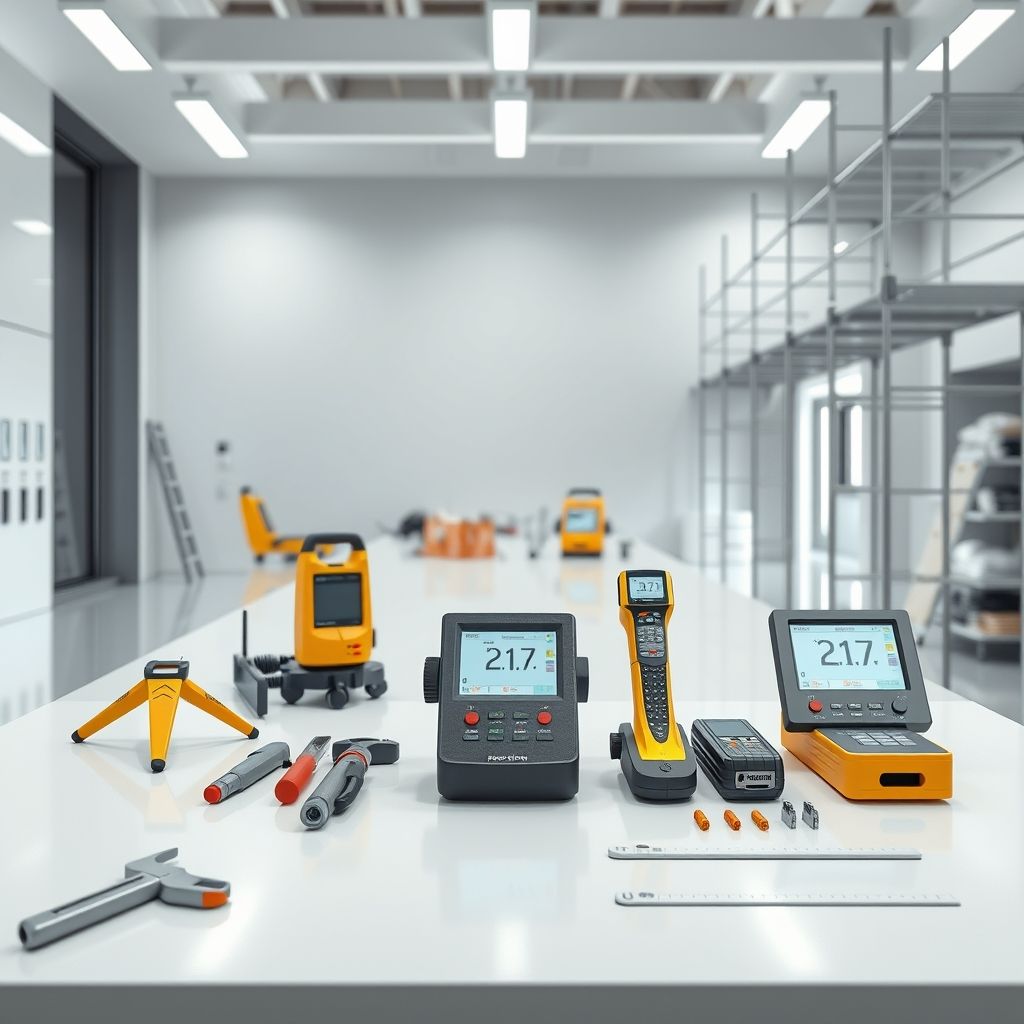Introduction:
Quality control measures are an essential aspect of any construction or installation project, including home theater setups. They ensure that the work completed is of a high standard and aligns with the client’s expectations and industry regulations. This process involves careful planning, progress assessments, and comprehensive documentation to provide a clear record of the project’s journey.
Tradie Web understands the importance of quality control and its impact on the success of your business and overall client satisfaction. That’s why we’ve put together this guide to highlight the key aspects of quality control measures specifically for property developers and tradies in the home theater installation industry.
Project Planning and Specifications:
Effective quality control begins with a well-planned project. Before any work commences, it’s vital to have a detailed scope of work and clear specifications outlining the exact requirements and expectations of the home theater installation. This includes everything from the type and placement of speakers and screens to cabling, seating arrangements, and any custom features.
During this planning phase, it’s crucial to involve all relevant stakeholders, including the client, tradespeople, and suppliers, to ensure a shared understanding of the project’s goals and to identify any potential challenges or areas that may require additional quality control measures.
Progress Assessments and Checks:
As the project progresses, regular assessments and checks are necessary to ensure that the installation is proceeding as planned and meeting the specified quality standards. This involves on-site inspections at key milestones to verify that work completed to date aligns with the project plan and specifications.
For example, after the initial cabling and wiring phase, a progress assessment would confirm that cables are installed correctly, safely, and in accordance with electrical standards. This might involve visual inspections, testing, and even using specialised equipment to ensure cables are intact and functioning as intended.
Before and After Documentation:
One of the most critical components of quality control is comprehensive documentation. This provides a clear record of the project’s progress and serves as evidence of the quality of work completed. Before-and-after documentation is especially valuable, offering a visual representation of the transformation and highlighting the quality and craftsmanship involved.
For home theater installations, this might include:
- – **Photos and Videos:** Detailed photographic records and videos of the site before work commences, during key stages of the project, and upon completion. These visual references are incredibly valuable for quality assessment and can also be used for marketing purposes, showcasing your company’s capabilities.
- – **Reports and Checklists:** Written reports and completed checklists detailing the work completed, any issues encountered, and the steps taken to resolve them. These documents provide a paper trail that confirms adherence to quality standards and can be referred to if any queries or concerns arise post-installation.
- – **Client Sign-Off:** Finally, obtaining client sign-off upon project completion is essential. This might involve a final walkthrough with the client, confirming their satisfaction and providing an opportunity to address any final questions or concerns.
These quality control measures empower property developers and tradies in the home theater installation industry to deliver exceptional results, ensuring client satisfaction and maintaining a strong reputation.
FAQs
How do quality control measures benefit my business?
Quality control measures are beneficial to your business as they ensure client satisfaction, which leads to positive word-of-mouth referrals and repeat business. They also protect your business by providing clear documentation, reducing the risk of disputes or litigation, and enhancing your reputation for quality workmanship.
What are the key components of a quality control plan?
A quality control plan should include a detailed scope of work, specifications, and expectations. It should outline the assessment and inspection processes, define acceptable quality levels, and specify the documentation to be produced.
How often should progress assessments be conducted?
Progress assessments should be conducted at regular intervals, typically aligned with key project milestones. The frequency may vary depending on the project’s complexity and the client’s requirements, but regular assessments ensure any potential issues are identified and addressed promptly.
Call to Action:
Quality control measures are a vital yet often overlooked aspect of construction and installation projects. Tradie Web understands the importance of these processes and is dedicated to providing the tools and insights needed to succeed. Get in touch with us today to learn how we can assist with your quality control measures and help ensure your home theater installations are of the highest calibre.
These articles are drafted with AI assistance and should be considered general information, not professional advice.

